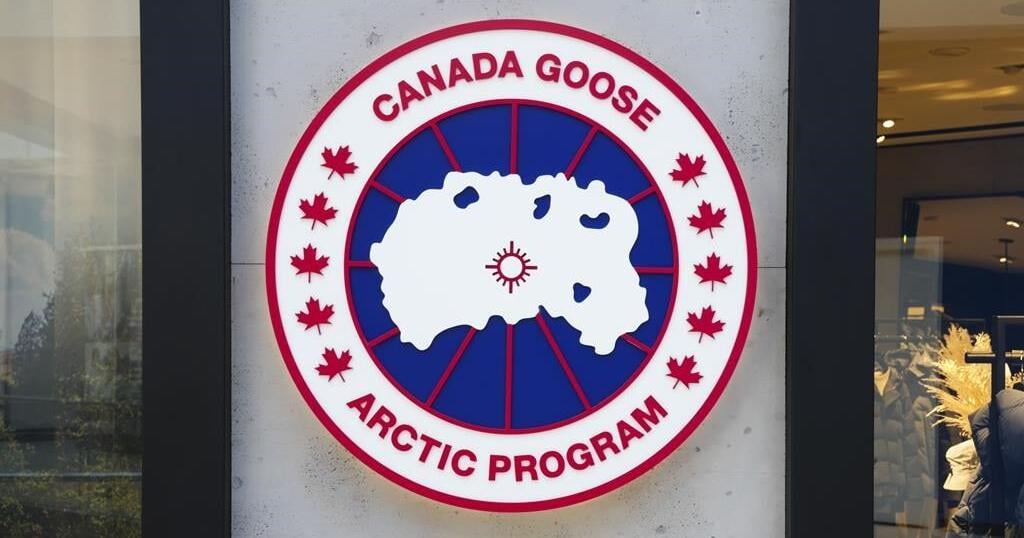Aamjiwnaang First Nation, near Sarnia, Ont., has declared a state of emergency after a significant spike in the cancer-causing substance benzene was detected as a chemical plant began to shut down.

Hourly benzene readings as high as 191.3 ug/m3 were detected at noon on April 25, by a real-time air monitor on the First Nation’s northern border. Wind direction indicated the high levels appeared to be connected to a plant shutdown underway at INEOS Styrolution, a chemical manufacturer. The manufacturer is addressing a mechanical issue, it told Global News last week.
![Click to play video: 'Ontario takes action against chemical plant after First Nation members fall ill']()
2:44
Ontario takes action against chemical plant after First Nation members fall ill
The data from the air monitor has not yet been verified. Ontario’s environment ministry has set the annual average limit for benzene at 0.45 ug/m3. The province has not set an hourly limit.
In a press release, Chief Christopher Plain urged any community members who feel unsafe at home “due to the ongoing and excessive discharge” from the facility to contact the band office. An administrator will help members to arrange alternative housing, according to the statement.
On social media late Thursday, many community members expressed concern and confusion as to whether they needed to evacuate.
“While declaring a local state of emergency is a serious measure, Aamjiwnaang is doing so in order to … ensure we have adequate resources at our disposal in the event that further action is required,” according to the notice.
Jada Henry, a resident of Aamjiwnaang First Nation, said she helped a friend on the north side of the community evacuate their home tonight.
Her family is also wrestling with the difficult decision to leave the home she shares with her family, which include her young niece and nine-year old nephew.
“My heart is really hurting for my community,” Henry told Global News. “We’ve considered maybe tomorrow night we should evacuate our home, to keep them safe.”
![Click to play video: 'Residents of Ontario First Nation sickened after high benzene levels detected']()
2:49
Residents of Ontario First Nation sickened after high benzene levels detected
The state of emergency followed a community-wide alert from INEOS earlier on Wednesday, warning that there could be “temporary spikes” in benzene levels during some stages of the plant’s shutdown.
“Ensuring the health and safety of our employees and community is paramount,” the company stated in a community alert issued April 20, adding that operations will resume after it addresses the issue.
The company did not specify whether the shutdown is related to spikes in benzene levels detected last week, reaching 115 ug/m3 (micrograms per cubic metre) on April 16, according to unverified real-time data. Dozens of the First Nation’s residents reported feeling ill, and an unknown number were hospitalized.
Multiple sources within the First Nation told Global News they were not aware of any planned shutdown scheduled for this month.
Before declaring the state of emergency, the First Nation’s leadership issued alerts to its members earlier on Wednesday afternoon to stay away from the northern border. For the past three weeks, air monitors between the First Nation and the INEOS plant have been detecting spikes as high as 150 ug/m3 per hour.
![Click to play video: 'Ontario health review links Sarnia-area air pollution to increased cancer risk']()
2:39
Ontario health review links Sarnia-area air pollution to increased cancer risk
Ontario’s Ministry of the Environment, Conservation and Parks issued a provincial order last Thursday against INEOS, giving the chemical manufacturer a week to create a written plan to address the high levels, two weeks to implement new procedures to warn the public about high levels of these toxic emissions, and less than a month to complete an investigation into the apparent source of the chemical leak.
In the order, the province stated that INEOS is a “primary source” of the high benzene levels.
At the federal level, Environment Canada has an open enforcement file related to the INEOS facility under the Environmental Emergencies regulations, Global News has learned.
David R. MacDonald, the operations manager and interim site director for INEOS Styrolution, stated on April 18 that the company was “carefully reviewing” concerns raised by Aamjiwnaang First Nation regarding benzene readings from the INEOS site.
“The site works closely with the (Ministry of the Environment, Conservation and Parks) to ensure we stay within the prescribed emissions limits,” MacDonald wrote in an email.
INEOS did not immediately respond to Global News’ request for comment on the state of emergency, nor did Ontario’s Ministry of the Environment.
![Click to play video: 'Canada’s Toxic Secret: A troubling trend of leaks and spills in the Sarnia area']()
23:05
Canada’s Toxic Secret: A troubling trend of leaks and spills in the Sarnia area
































